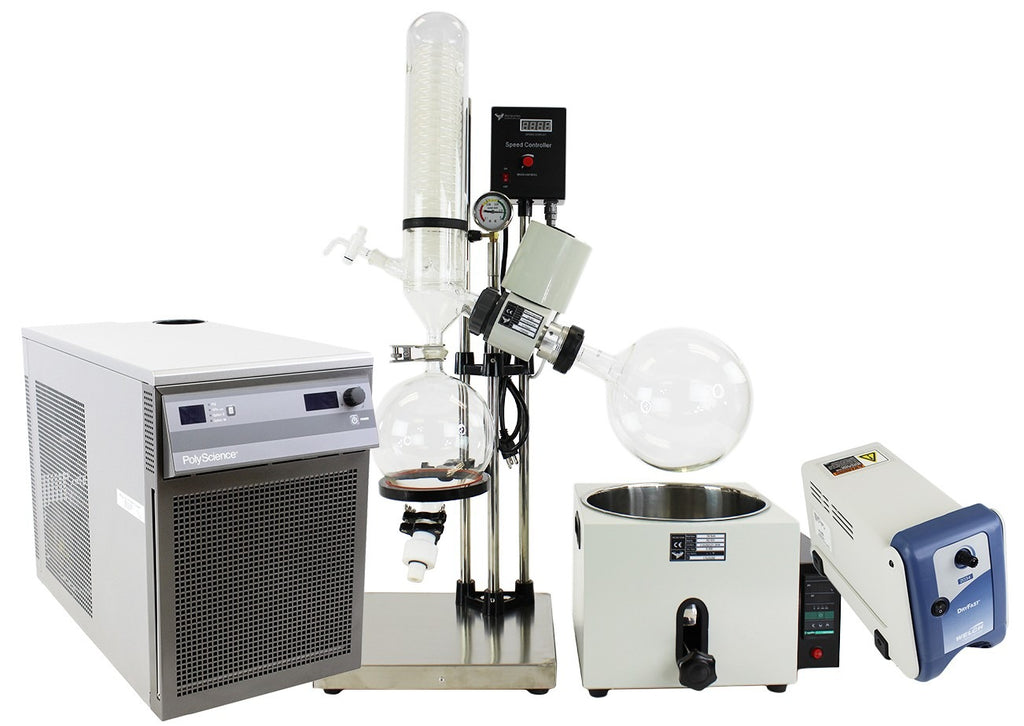Rotary evaporators, commonly known as rotovaps, are indispensable tools in laboratories, especially for efficiently removing solvents from samples through evaporation under reduced pressure. To truly harness their full potential and ensure optimal performance, several key strategies should be considered. First and foremost, ensuring proper setup and calibration is crucial. The rotary evaporator should be installed on a stable, level surface to prevent any vibrations that could affect performance. It is important to calibrate the temperature control system accurately. The water bath, which heats the sample, should be set to a temperature slightly higher than the boiling point of the solvent to ensure efficient evaporation, while the condenser temperature needs to be low enough to allow condensation of the evaporated solvent. Regularly checking and adjusting these temperatures according to the solvent’s properties ensures that the process remains efficient and effective. The efficiency of the rotary evaporator is also greatly influenced by the vacuum system. The vacuum pump must be capable of achieving the desired level of reduced pressure to lower the boiling point of the solvent effectively.

Regular maintenance of the pump, including checking for leaks and ensuring proper oil levels, is essential. Using a vacuum controller to precisely regulate the pressure can further enhance the efficiency of the evaporation process. Additionally, ensuring that all connections in the vacuum system are airtight prevents the introduction of air, which can compromise the efficiency of solvent removal. Another critical factor is the sample handling and preparation. For optimal performance, the sample should be evenly distributed in the flask, avoiding overloading, which can hinder the evaporation process. It is also beneficial to pre-chill the solvent before starting the evaporation process. This practice not only reduces the time needed to reach the desired boiling point but also minimizes the risk of overheating the sample, which could lead to degradation of sensitive compounds. GWSI Rotary evaporators operate more efficiently with appropriate rotation speed and bath temperature. Adjusting the rotation speed according to the solvent and sample volume helps maintain a thin film of the liquid, promoting faster and more uniform evaporation.
Higher rotation speeds generally improve the efficiency of solvent removal but should be optimized to prevent foaming or bumping. Properly setting the bath temperature is also vital; it should be hot enough to facilitate efficient evaporation but not so hot as to cause overheating or degradation of the sample. Regular maintenance and cleaning of the rotary evaporator components are essential to maintain its performance. The glassware, including the flask and condenser, should be cleaned thoroughly after each use to prevent residue buildup, which can affect the efficiency of the evaporation process. Checking for any cracks or damage in the glassware and promptly replacing any faulty components ensures the longevity and reliability of the equipment. In summary, optimizing the performance of a rotary evaporator involves a combination of precise calibration, effective vacuum management, careful sample handling, and regular maintenance. By adhering to these practices, one can maximize the efficiency of solvent removal, maintain the integrity of sensitive samples, and ensure the longevity of the equipment. This holistic approach to managing and operating a rotary evaporator will significantly enhance its performance and reliability in laboratory settings.